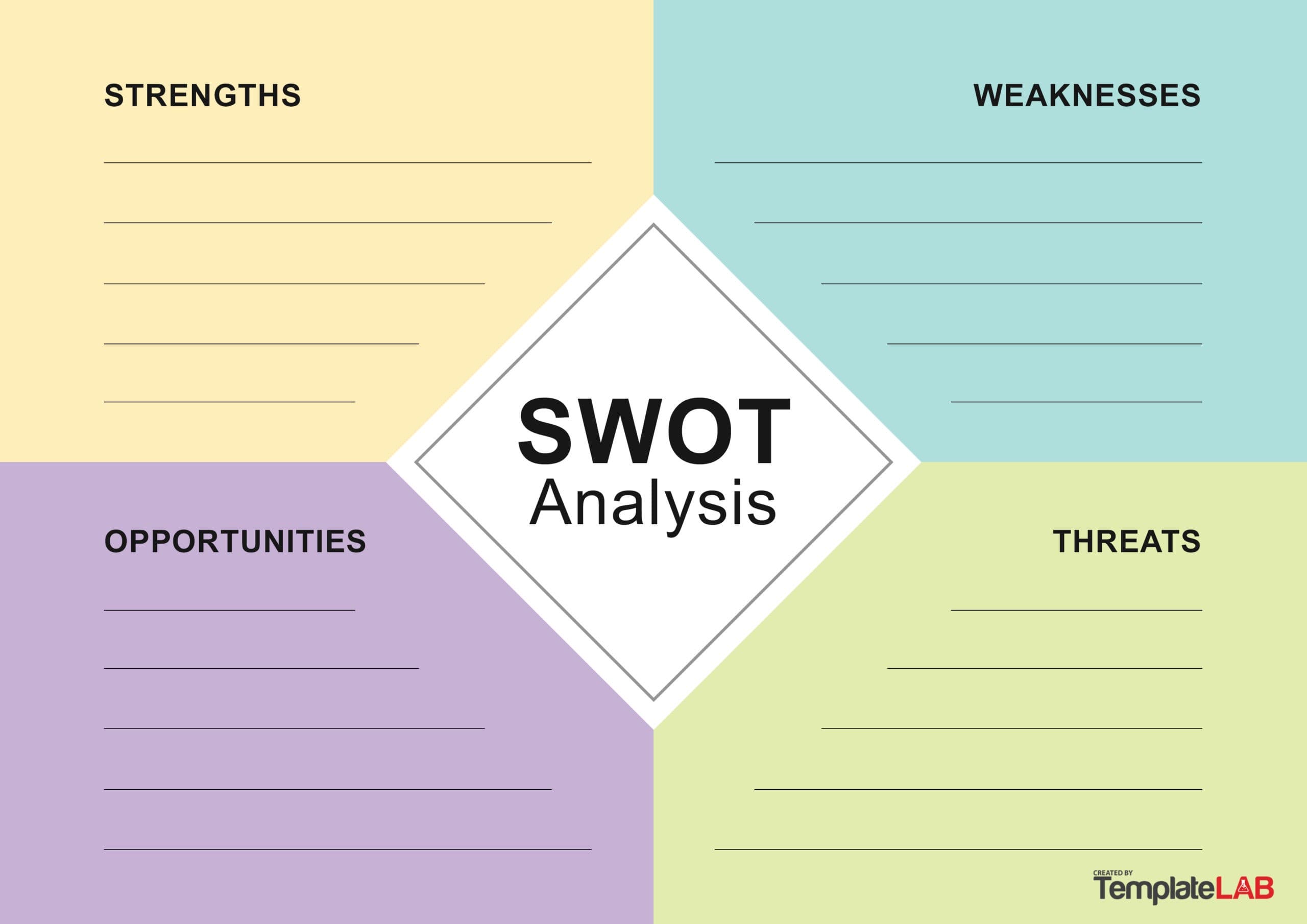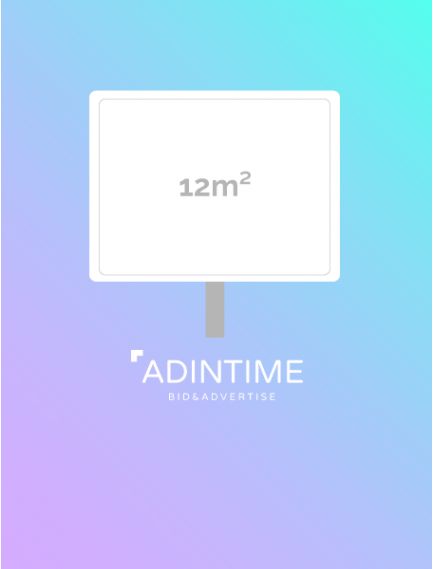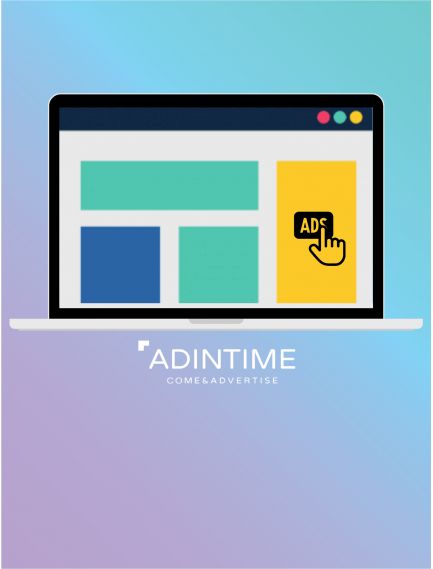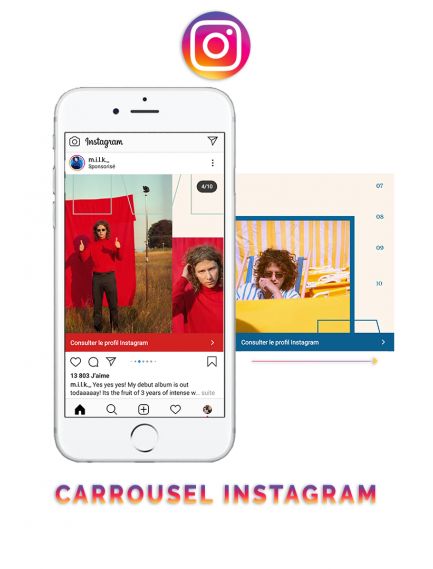In the dynamic world of communication, having the right tools is essential for succeeding in your communication plan. These tools not only help optimize your processes but also improve the overall effectiveness of your strategy. This article will introduce you to the essential tools for each stage of your communication plan, helping you achieve your goals successfully.
#1 Top tools for analyzing your target audience
Understanding your audience is the cornerstone of any effective communication plan. An in-depth knowledge of your target audience allows you to create impactful messages, choose appropriate communication channels, and optimize your return on investment.
- Analyzing your audience offers several key advantages:
- Personalization of messages for better resonance
- Judicious selection of communication channels
- Improvement in return on investment (ROI)
- Anticipation of future needs of your audience
To obtain these valuable insights about your target audience, you need specific tools. These tools will help you collect and analyze data about your audience, turning raw numbers into actionable insights for your communication strategy.
Here are two essential types of tools to achieve this:
Google Analytics and its alternatives
Google Analytics is an indispensable tool for analyzing the behavior of your online visitors. It provides valuable information on the demographics, interests, and browsing habits of your audience. For those looking for alternatives, tools like Matomo or Fathom Analytics offer similar features with a particular emphasis on data protection.
Online survey tools like SurveyMonkey or Typeform
To get information directly from your audience, online survey tools are invaluable. SurveyMonkey and Typeform are two excellent options that allow you to create interactive and engaging surveys. These tools help you gather qualitative and quantitative data on the preferences, needs, and expectations of your audience.
#2 Top tools for conducting a communication audit
A thorough communication audit is crucial for assessing the effectiveness of your current efforts and identifying areas for improvement.
Conducting a SWOT analysis
The SWOT analysis (Strengths, Weaknesses, Opportunities, Threats) is a simple yet powerful tool for evaluating your current position. This method provides a clear overview of your internal and external situation, which is crucial for developing an effective communication strategy.
The main benefit of a SWOT in your communication plan lies in its ability to:
- Identify your strengths to highlight in your communications
- Recognize your weaknesses to improve or mitigate in your messages
- Spot market opportunities to leverage in your strategy
- Anticipate potential threats and prepare appropriate responses
By conducting a SWOT, you can align your communication plan with the realities of your business and its environment, ensuring a more targeted and effective approach.
Here is a basic template you can use:

Fill each box with the relevant elements for your business or brand.
Benchmarking tools
Benchmarking is a method that involves comparing your performance to that of your competitors or industry best practices. In a communication plan, it allows you to evaluate your content strategies, social media engagement, and communication channels compared to your competitors.
Two popular tools for effective benchmarking are:
- Brandwatch: Provides deep insights into mentions of your brand and those of your competitors on social media and the web.
- Mention: Allows real-time tracking of conversations around your brand and industry, with competitive comparison features.
These tools help you identify best practices, spot emerging trends, and adjust your communication strategy accordingly.
#3 Top tools for strategic planning of your communication plan
Planning and organization are essential to the success of your communication plan. A structured approach allows you to clearly define your goals, efficiently allocate your resources, and maintain consistency in your messages.
It also helps you anticipate challenges and measure your progress, giving you the flexibility to adjust your strategy as needed.
Effective planning transforms your ideas into concrete actions, ensuring that every element of your plan contributes to your overall objectives. To achieve this, several tools can help you structure your approach and stay on track throughout your campaign.
Setting SMART goals
SMART goals (Specific, Measurable, Achievable, Relevant, Time-bound) are essential for an effective communication plan. While not a tool per se, it is a crucial methodology. Use a table or spreadsheet to define each aspect of your SMART goals.
Trello
Trello is a visual project management tool that uses boards, lists, and cards to organize your tasks. It is particularly useful for planning and tracking the different stages of your communication plan.
Asana
Asana is another powerful project management tool that allows you to create workflows, assign tasks, and track progress. It provides a clear overview of your communication plan and facilitates collaboration among team members.
#4 Top tools for your content creation
Content creation is at the heart of any communication plan. Here are tools that can help you produce quality content:
Canva: Visual creation tool
Canva is a user-friendly graphic design tool that allows you to create attractive visuals for your communication materials. Whether for social media posts, presentations, or infographics, Canva offers a multitude of templates and features to bring your ideas to life.
Chat GPT, Grammarly, etc.: Copywriting tools
To optimize your written content, writing assistance tools are indispensable. Chat GPT can help you generate ideas and structure your content, while Grammarly checks your spelling, grammar, and style. These tools can significantly improve the quality and effectiveness of your copywriting.
#5 Best tools for effective communication management
Once your content is created, you need to distribute it effectively. Here are tools that can help you with that:
Hootsuite or Buffer for social media management
These tools allow you to schedule, publish, and analyze your posts on multiple social networks from a single platform. They are essential for maintaining a consistent and regular presence on social media.
Mailchimp for email campaigns
Mailchimp is a comprehensive tool for your email marketing campaigns. It allows you to create, send, and analyze your newsletters and other email communications. With its automation and segmentation features, Mailchimp can greatly improve the effectiveness of your email campaigns.
#6 Top tools for marketing automation
Marketing automation has become a key element in the effective implementation of a communication plan. It allows you to optimize your processes, save time and resources, while improving the personalization and relevance of your communications.
By automating certain repetitive tasks, you can focus on more strategic aspects of your plan. Additionally, automation helps you maintain consistent and regular communication with your audience, fostering engagement and loyalty.
Marketing automation tools can help you in various areas, from lead management to email campaign personalization, and social media post scheduling.
Here are two powerful tools that can revolutionize your approach to marketing automation:
Zapier
Zapier allows you to connect different applications and automate repetitive tasks. For example, you can automate the publication of your new blog posts on your social networks, or the addition of new contacts to your email list.
HubSpot
HubSpot is an all-in-one platform that offers marketing automation, CRM, and content management features. It can help you automate many aspects of your communication plan, from lead generation to nurturing your prospects.
#7 Top tools for tracking your performance
Finally, to ensure that your communication plan is meeting its objectives, you need to track and analyze your performance.
Google Analytics
In addition to being useful for analyzing your audience, Google Analytics is essential for tracking the performance of your website and online campaigns. It provides detailed data on your site traffic, conversions, and more.
Analytics dashboards of tools like Buffer or Mailchimp
Most of the tools mentioned earlier, such as Buffer for social media or Mailchimp for email marketing, offer their own analytics dashboards. Use them to track the specific performance of each communication channel.
The success of a communication plan largely depends on the careful selection of tools. From analyzing your target audience to measuring your performance, through content creation and distribution, each stage of your strategy requires suitable tools. Integrating these essential resources will optimize the effectiveness of your plan and significantly increase your chances of success.
It is important to keep in mind that the selection of tools should align with your specific needs, the size of your business, and your objectives. Take the necessary time to evaluate each tool and adapt it to your unique context. This thoughtful approach will allow you to build a tailored toolkit, equipping you to turn your communication plan into a real success.
Armed with these well-chosen resources, you will be able to navigate the complex landscape of communication effectively, achieving your goals with precision and impact.
Discover how to write your communication plan.





 Top 30 best ads musics
Top 30 best ads musics
 The influence of advertising on purchasing behavior
The influence of advertising on purchasing behavior
 Top of the most listened podcasts in France
Top of the most listened podcasts in France
 Top 30 best ads 2021 in France
Top 30 best ads 2021 in France
 This Year Marketing Calendar
This Year Marketing Calendar
 OOH Advertising: My honest review
OOH Advertising: My honest review
 Facebook Ads Library: The ultimate guide to winning campaigns
Facebook Ads Library: The ultimate guide to winning campaigns
 How to prepare your advertising campaigns for Christmas?
How to prepare your advertising campaigns for Christmas?
 The top 20 ad films of the year
The top 20 ad films of the year
 Example of a unique selling proposition
Example of a unique selling proposition










